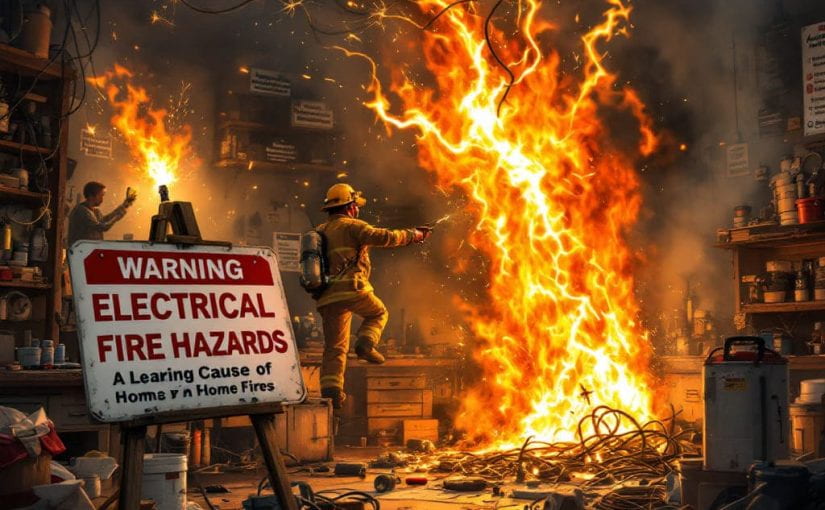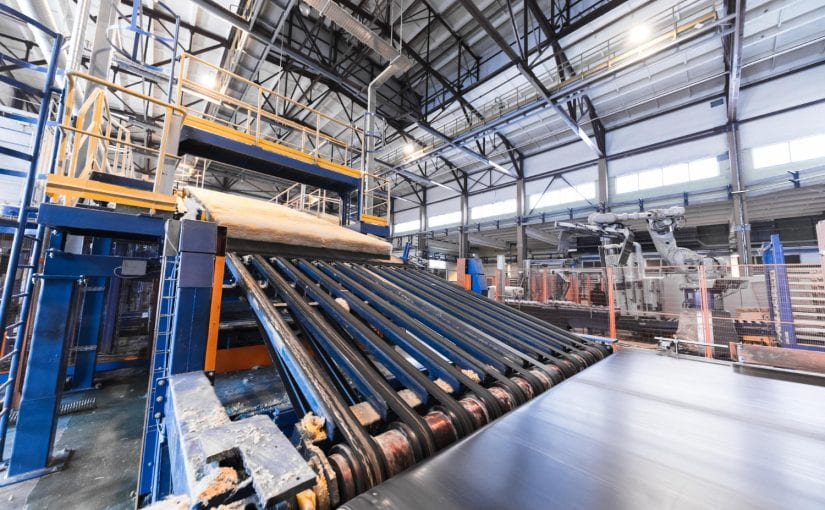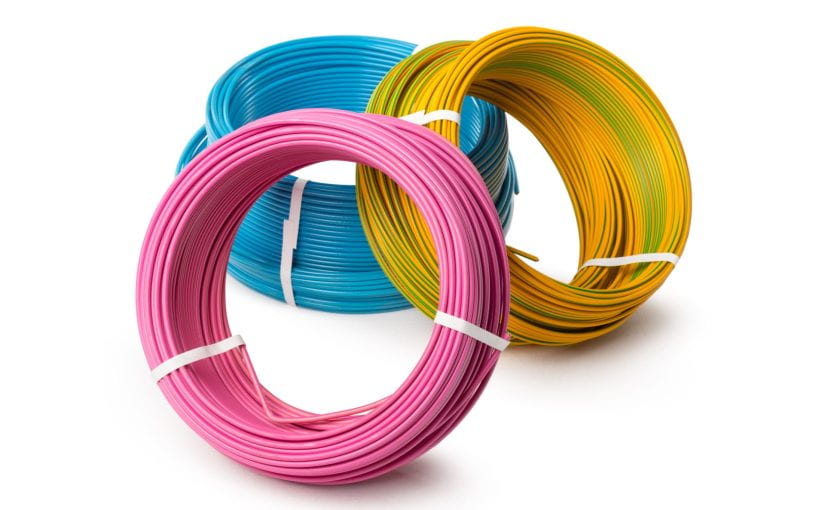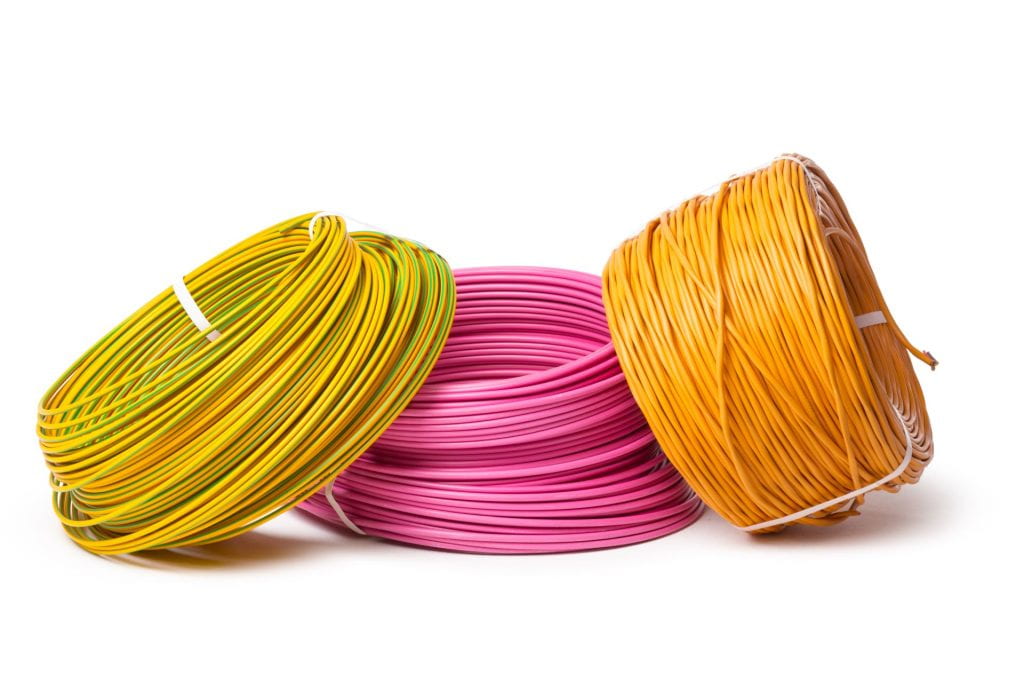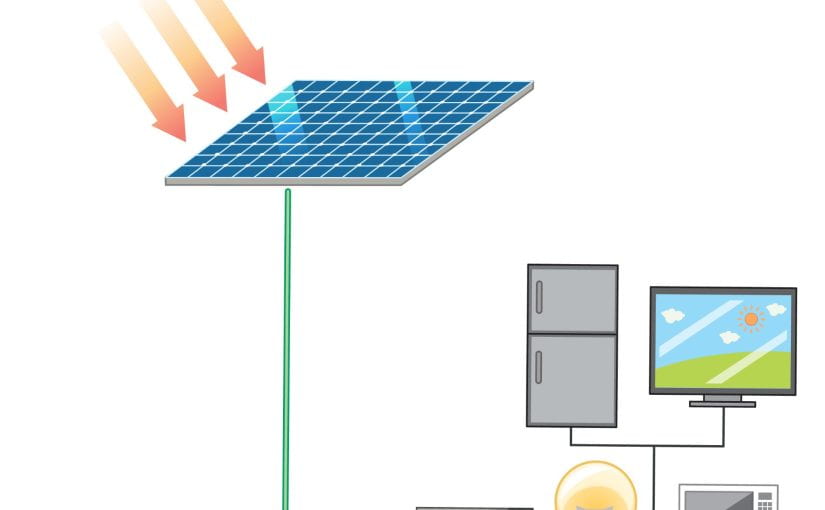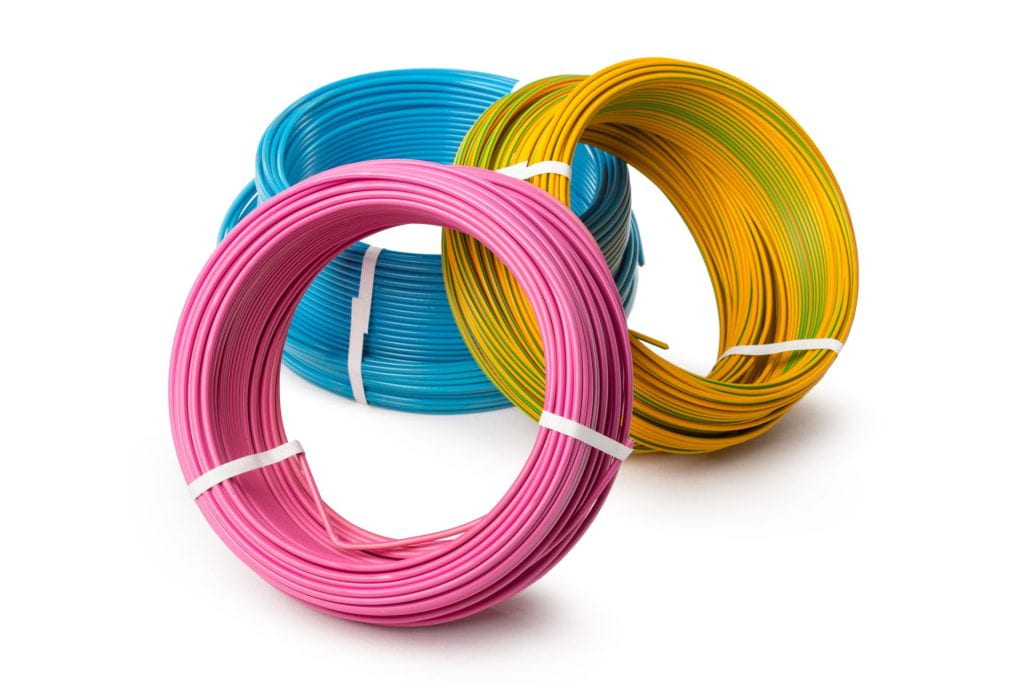Where electric safety is to be achieved, especially at industrial and commercial sites, the importance of the choice of a correct cable selection cannot be overstressed. Electrical fire is a perilous hazard, and cable selection can be life-choosing in preventing or preventing the risk of fire hazard. Two very misuse-designed and usage-renowned terms, although named from the fire protection perspective, are “flame-resistant” and “flame-retardant” cables. Although both terms may sound the same, both are significantly different when it comes to usage, material, and application.
All these differences must be understood by facility managers, contractors, and engineers since they assist greatly in maintaining safety margins and maximizing electrical system performance.
What are Fire-Resistant Cables?
Fire Resistant Cables are specifically made to bear fire exposure and retain their form and function for a period of time. Flame-resistant cables comprise resistant materials for thermal decomposition or ignition. Flame-resistant cables are usually applied in areas where fire exposure is at high risk, e.g., tunnels, power plants oil refineries, and emergency building circuits.
The most significant feature of flame-resistant cables is that they will function even when there is fire. They do this through proprietary fire-resistant sheathing and insulation material. They also have fire-resistant barriers in the form of ceramic-forming insulation or mica tape in most applications. These protection layers of additional protection allow flame-resistant cables to power life-critical equipment during a fire in a way that allows individuals to exit and take firefighting measures during this valuable time.
Flame-retardant cables: what are they?
Flame Retardant Wire or Cable, however, are such that they will prevent fire spread and will prevent toxic gas emission and smoke. Flame-resistant cables are meant to function when the accident of fire occurs, while flame-retardant cables try to prevent the degree of fire damage by preventing burning and eliminating the source of ignition.
Flame-retardant cables obtain the flame-suppressant characteristic through the incorporation of specific additives in their insulating and coating materials. Upon exposure to heat, the additives decompose chemically to produce non-combustible gases that absorb oxygen and hence suppress the propagation of the flames. Most flame-retardant cables go through the condition test under exposure to fire for a given period, and one of the performance areas is self-extinction.
Flame-retardant cables are being used on a large scale in office skyscrapers, residential homes, and datacenters where fire extension is to be avoided at any expense. Where electricity faults ignite fires; flame-retardant cables do not allow extension but instead slow down the flame with the purpose of preventing flames from propagating along cable paths that otherwise would produce a risk of burning to be spread.
Main Differences Between Flame-Resistant and Flame-Retardant Cables
While both the flame-resistant and the flame-retardant cables have a noble function of fire protection, each with a different composition and purpose, they are distinct from one another. They distinguish in the following:
Functionality:
- Flame-resistant cables function in fire situations and supply energy.
- Flame-retardant cables may or may not function in fire conditions but are fireproof to assist in spreading.
Structure:
- Flame-resistant cables utilize fire-resistant chemicals such as mica, ceramic, and fireproof paint.
- Flame-retardant cables utilize additives that inhibit the burning process.
Applications:
- Flame-resistant cables are used in fire circuits, power generation plants, tunnels, and working environments with fire continuity requirements.
- Flame-resistant cables are used in office buildings, offices, and home wiring to stop fire propagation.
Test Standards:
- Flame-resistant cables are put under strongly antagonistic conditions in relation to their response when subjected to fire (e.g., IEC 60331).
- Flame-retardant cables are also tested for self-extinguishing and limiting flame spreading (e.g., IEC 60332).
Survivability:
- Flame-resistant cables are designed to survive extremely long times by a fire without harm.
- Flame-resistant cables will ultimately burn but retard its journey and limit noxious fumes.
Why the Correct Cable Matters?
The correct cable for fire protection is selected on the basis of what is required in an emergency. In the event of a hospital where the life support units and emergency lighting are required in order not to have the facilities fail when there is a fire, flame-resistant cable usage is required. In the event of a business office building where fire containment is a greater concern, the flame-retardant cables would suffice in containing the fire from propagating but permitting the occupants to evacuate with no negative consequence.
In the industrial setting, with the existence of high-voltage machinery, there is an inevitable electrical fire that would happen, and flame-retardant cables help prevent this from causing disruptions to critical processes in shutdowns. IT campus buildings and data centres are under control with flame-retardant cables, shielding from a small fire to becoming an uncontrollable situation that will reduce valuable digital information to ashes.
Regulatory Compliance and Industry Practice
Various countries have evolved fire protection standards for the application of flame-retardant and flame-resistant cables. The latest standards include:
- IEC 60331: Defines the level of performance for cables that are designed to provide circuit integrity during a fire (flame-resistant cables).
- IEC 60332: Provides the fire performance level of flame-retardant cables with an effort towards realizing limited flame spread.
- NFPA 130: Provides specifications for fire-resistant transit wiring.
- UL 94: Categorizes materials according to the ability with which they are able to resist fire and be combustible.
It is less about being regulated and more about being the answer to minimizing the possibility of fire in buildings and structures to an extent that an individual is able to comply with such regulations.
Conclusion
You must know what flame-resistant and flame-retardant cables are to make the correct choice when planning for fire protection. Fire-resistant cables are cables that will function even if they are on fire, and flame-retardant cables are cables that will prevent fire from spreading further. Cable type is application-based, risk-aware, and legislatively mandated.
By adopting industry standards and taking advantage of advancements in fire-protective cable technology, business and infrastructure developers can play a major role in fire safety and save lives and property. In a high-hazard plant or in a dwelling high-rise, the first step towards an enhanced electrical safety system is having the correct fire-resistive or flame-suppressing cable.
